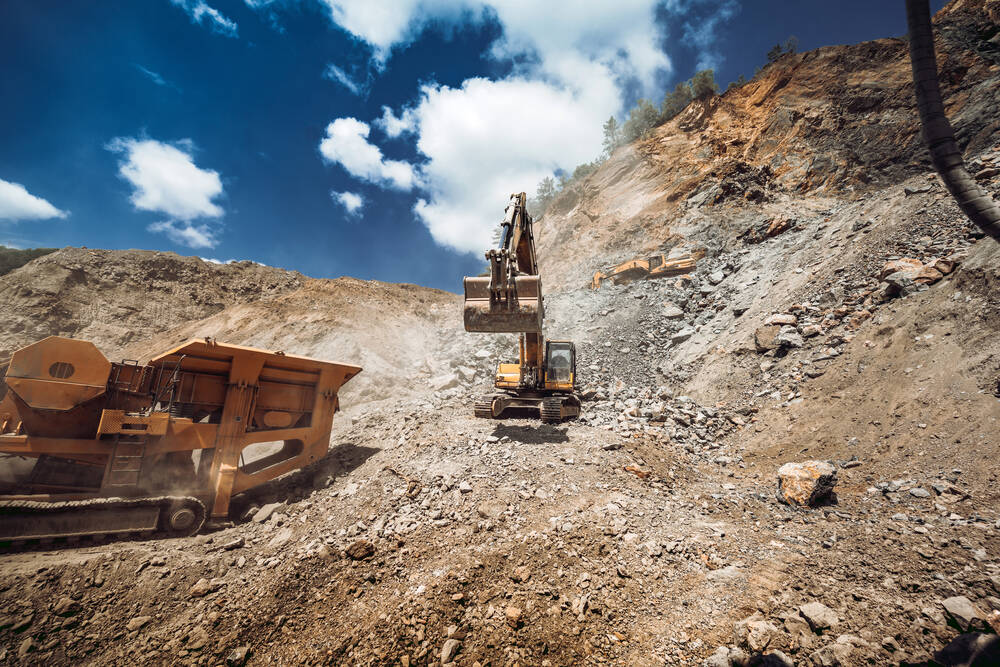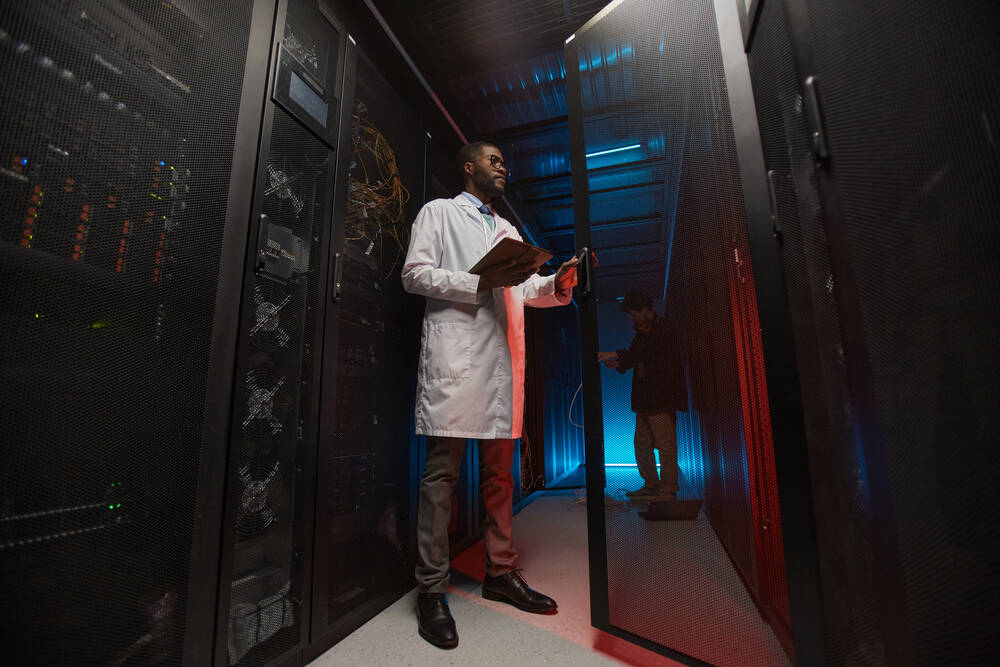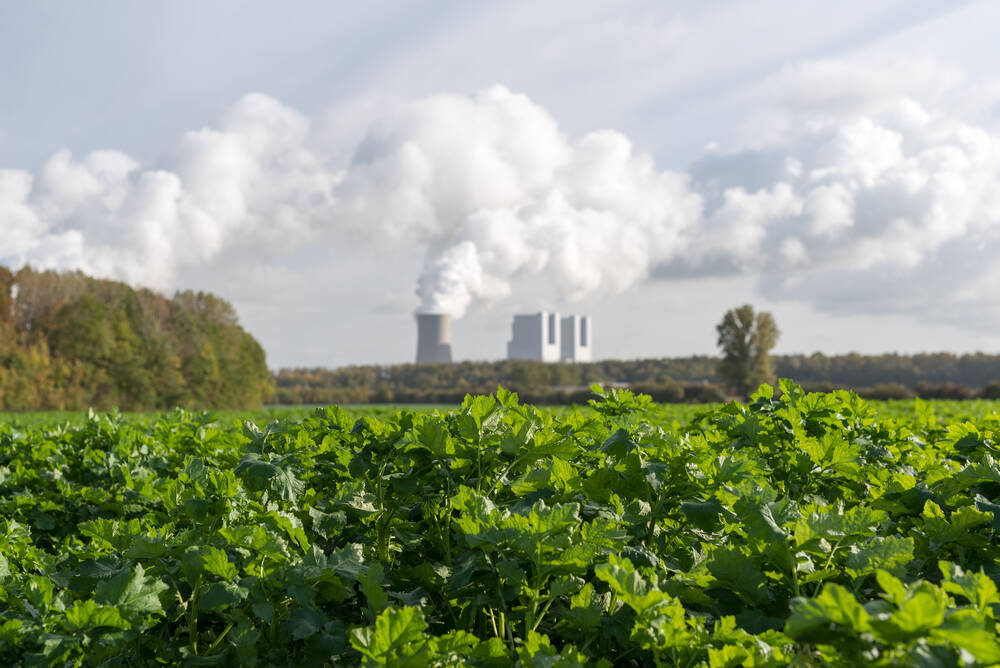Carbon-intensive industries are responsible for a significant share of global emissions, driving the climate crisis through high levels of fuel combustion and resource consumption.
From oil and gas extraction to industrial processes like cement and steel production, these sectors release vast amounts of global greenhouse gases, accelerating environmental change.
As human activities continue to shape our planet, identifying and reducing emissions from these industries is critical. This blog explores the 10 most carbon-intensive industries, how they became major polluters, and the innovations leading the way toward a cleaner future—offering a glimpse into the ways we are mitigating their environmental impact.
What Does Carbon-Intensive Mean?
When something is carbon-intensive, it produces a high amount of CO₂ (carbon dioxide) and other greenhouse gases. The most carbon-intensive industries in the world are some of the primary contributors to climate change.
Quantifying emissions across all industries allows us to pinpoint prime areas where imminent reduction is needed. The energy sector or the aviation industry, for instance, have had to adapt to stricter regulations and invest in greener alternatives increasingly as the global temperature rises.
Beyond industries, anything can be carbon-intensive—economies, products, lifestyles, investments—it simply means that it has a high carbon footprint and contributes significantly to greenhouse gas emissions, hence action is needed.
Energy Production
Energy production is the largest source of carbon emissions in the world; making up more emissions than quite a few of the other examples combined.
In the 1700 – 1800s, coal became the main source of energy throughout the Industrial Revolution. Emissions were rising, but humans were largely unaware. By the 1900s the shift to gas and oil meant the increase was quickening, and by 1950s – 1970s post-war economic growth led to a huge demand in energy.
While energy production remains a significant climate worsener, renewables are now cheaper than fossil fuels. Solar energy prices have dropped 90% since 2010, and wind power is cheaper than gas and coal. The UK went from 100% to now just 2% coal-dependent, with the EU shutting down coal plants rapidly. In 2023, China installed more solar panels than the entire world did in 2022.
With more and more countries embracing renewables, the global energy landscape is shifting. Challenges prevail, but the green momentum is stronger than ever.
Aviation

Aviation was not initially carbon-intensive. Planes were inefficient and small, prices soared, and few flights happened. The jet engines of the 50s and 60s brought the first boom of commercial aviation.
By the 90s and 2000s, budget airlines like EasyJet led to incredibly cheap flights, and tourism exploded worldwide as quick getaways became affordable for the masses.
Today, it’s drastic. Many ultra-short flights are in full swing, like Paris to Brussels, turning a 1.5-hour train into a 50-minute flight—but letting off 6 times more CO₂ per passenger.
Sustainable aviation fuels—SAFs—are biofuels made from plants, waste oils, and sometimes captured CO₂, and reduce up to 80% of the emissions of conventional aviation.
With innovations in electric and hydrogen-powered planes, smarter air traffic management, and stricter regulations, the following years should see great strides in sustainable aviation.
Deforestation & Land Use Change
For every hectare of trees deforested, hundreds of tons of carbon gets released into the atmosphere.
For most of human history, forests were only cleared gradually and left to regrow naturally in many cases. Back in the Amazonian Dark Earth (500 BC – 1500 AD), Indigenous people enriched soil with biochar to strengthen it. Jump to the Industrial Revolution, and mechanised logging, global trade, and large-scale agriculture are rapidly increasing deforestation rates.
The last 15 years have seen the most ambitious efforts in stopping deforestation, major reforestation initiatives, plus afforestation (establishing forest on land not previously forested). Drones are planting trees faster than humans by firing seed pods into the ground at high speed, enabling rapid reforestation.
Carbon markets are growing fast as companies have to meet new net-zero and emissions reduction targets, and a significant proportion of Carbon Credits are for deforestation. So while companies are letting off masses of emissions, they are also pumping £millions into projects such as deforestation in order to neutralise.
In the recent future, we should see more trees being planted than cut.
Waste Management
Before the Industrial Revolution waste was largely organic. Breaking down naturally, it would feed back into the ground and become nutrients for new plant growth.
Today, waste management is incredibly carbon-intensive. It involves massive incinerators burning plastics and releasing CO₂ and toxic pollutants, as well as landfills over 2,000 acres long with mountains of decomposing, methane-releasing waste.
In the Pacific Ocean, a vast accumulation of plastic waste swirls continuously, covering an area over twice the size of Texas. The plastic has come from rivers, industrial waste, and global shipping routes, and despite efforts to clean it up, it’s slowly breaking down into GHG-releasing microplastics.
Efforts are in place to make the systems more sustainable. Landfill methane capture systems are strategically placed near waste sites to trap around 75% of methane emissions instead of entering the atmosphere. They are converted into energy to power homes and industries.
Plastic bans, composting revolutions, and the rise of the circular economy are amongst many big shifts in place essential to reducing waste-related emissions and more sustainable industry.
Mining (Metals, Coal and Minerals)
Where there’s valuable metal, there will be mining. The more demand for raw materials, the more land will be wiped out. In some cases, this is precious forests, such as the Amazon Rainforest, and the mining facilities are harmful themselves—leaking toxic waste, polluting waterways, and destroying ecosystems.
Beyond coal, steel and aluminium are carbon-intensive due to their energy-heavy production processes and reliance on fossil fuels. Metals such as aluminium and copper are used by the masses for infrastructure, electronics, and transportation.
To curb emissions many changes have been made. Mining equipment has been electrified, meaning renewables and biofuels are used instead of fossil fuels. Methane capture is placed at sites to prevent global warming.
Metals are reclined, low-carbon metals are utilised, and mines can be powered by renewables. In Australia, they even have solar-powered mines, curbing emissions massively.

Construction & Infrastructure
Historically, buildings were made from wood, stone, clay, mud bricks, and built by hand in small numbers with locally-sourced materials. Without mass production or long-haul transport, emissions were minimal.
Today, we live within dense urban environments, and buildings are largely made from cement and steel as they offer durability, scalability, and fire resistance.
While ideal for large-scale infrastructure, the materials’ production processes are incredibly carbon-intensive. With heavy machinery emissions and high-energy demands for heating and cooling, changes have been made.
Buildings are being made energy-efficient, green concrete and low-carbon cement are becoming more accessible as sustainable options, and diesel-powered machines are making electric swaps. Timber is being utilised—engineered wood which locks in carbon instead of emitting it through cement production.
Road Transport
Before the invention of the car, road transport was entirely human or animal-powered—walking, cycling, horse-drawn carts—zero emissions, no fuel reliance. Even the first automobiles had a small footprint simply because they were rare and inefficient.
The 20th century saw a massive car boom, with Henry Ford’s Model T (1908) making vehicles affordable for millions. The 1950s and 60s highway expansions in the U.S. and Europe made car ownership the norm and by the 2000s, SUVs and fuel-hungry cars dominated roads, and today, over 1.4 billion vehicles are running on fossil fuels.
Cities like Los Angeles and Beijing have suffered from near-constant traffic congestion and smog, with air pollution sometimes reaching dangerous levels. In 2010, a traffic jam in China lasted 12 days—a sign of how inefficient road transport had become.
Big changes are underway. Electric Vehicles (EVs) are rapidly replacing petrol and diesel cars, with Norway already seeing over 80% of new cars being electric. Hydrogen-powered freight trucks and electrified public transport are scaling up, while cities are investing in bike lanes and pedestrian-friendly zones. Fuel duty taxes fossil fuel drivers.
With EV adoption surging, battery technology improving, and governments enforcing stricter emissions policies, road transport is heading in the right direction.
Agriculture (Livestock & Fertilisers)
Agriculture contributes significantly to global GHG emissions. Once just small-scale farming and grazing, livestock today is mass-produced through intensive factory farming.
The methane from cattle digestion, deforestation for farmland, and global transport loops have let off billions of tons of greenhouse gases over time.
What’s more, fertilisers create nitrous oxide emissions by breaking down in the soil and releasing potent gases into the atmosphere, meaning that their impact on global warming is significantly stronger than CO₂.
Today, rises in regenerative farming prioritise long-term environmental health over short-term, soil-damaging yields, and methane capture systems are used to ensure emissions are used for energy production and not wasted into the atmosphere.
The rise of bio-fertilisers has helped reduce reliance on synthetic chemicals, and feed additives (i.e., seaweed) or shifts in diet make livestock digestion more methane-efficient.
The next few years should see widespread adoption of sustainable farming practices, a decline in deforestation for agriculture, and the integration of technology to reduce emissions across food production.
Data Centers & The Tech Industry
Whilst seeming an invisible, overarching cloud, the digital world has some very tangible, devastating, real-world impacts.
‘Data centers’ are massive server facilities that store and process digital information, and at first were relatively insignificant, such as IBM’s early mainframes or NASA’s early computing systems. Today, with the rise of AI and cloud computing, data demand has skyrocketed, requiring constant power and cooling at an unprecedented scale.

Data centers alone now account for 1-2% of electricity worldwide, making up nearly 3% of global CO₂ emissions. The emissions mostly come from fossil-fuel-powered electricity grids or cooling systems that require enormous energy consumption.
To combat global warming, data centers are becoming increasingly green by transitioning to renewable energy sources like wind and solar, and smarter software leads to less energy waste. The largest data giants like Google, Microsoft, and Amazon have made carbon-neutral commitments and major investments in sustainable infrastructure.
The following years should see more AI-driven energy efficiency, increased reliance on renewable-powered cloud computing, and innovative cooling techniques.
Fashion
While people used to buy clothes, wear them out, and restore and mend them, it’s now commonplace in most developed countries to dispose of clothes after a few wears and constantly refresh wardrobes.
Phones and tech mean that clothes can be ordered with a tap and delivered within 24 hours. While convenient, the large-scale effects of the overproduction, textile waste, and carbon emissions are devastating for the environment.
Since the rise of ultra-fast fashion in the 2000s, the explosion of fast fashion and micro-trends has led to billions of garments being produced yearly, many of which end up in landfills within months. Outsourcing to third-world countries only means that environmental damage is exported, and garment workers are often underpaid and overworked in unsafe conditions.
However, big-player brands increasingly must be sustainable to stay relevant and meet new environmental regulations. Circular fashion is trending, with the UK charity shop scene and apps like Depop and Vinted encouraging second-hand shopping over new purchases.
New green regulations help push brands toward transparency and accountability, while natural and recycled fabrics are gaining traction.
In a few years, fast fashion could face stricter environmental laws, resale and rental fashion could dominate, and consumers may finally shift towards buying fewer, better-quality clothes—making fashion a more sustainable industry.
More Information
https://www.energy.gov/eere/iedo/energy-and-emissions-intensive-industries
https://dodo.eco/blog/a-breakdown-of-the-industries-producing-the-most-carbon-across-the-world

